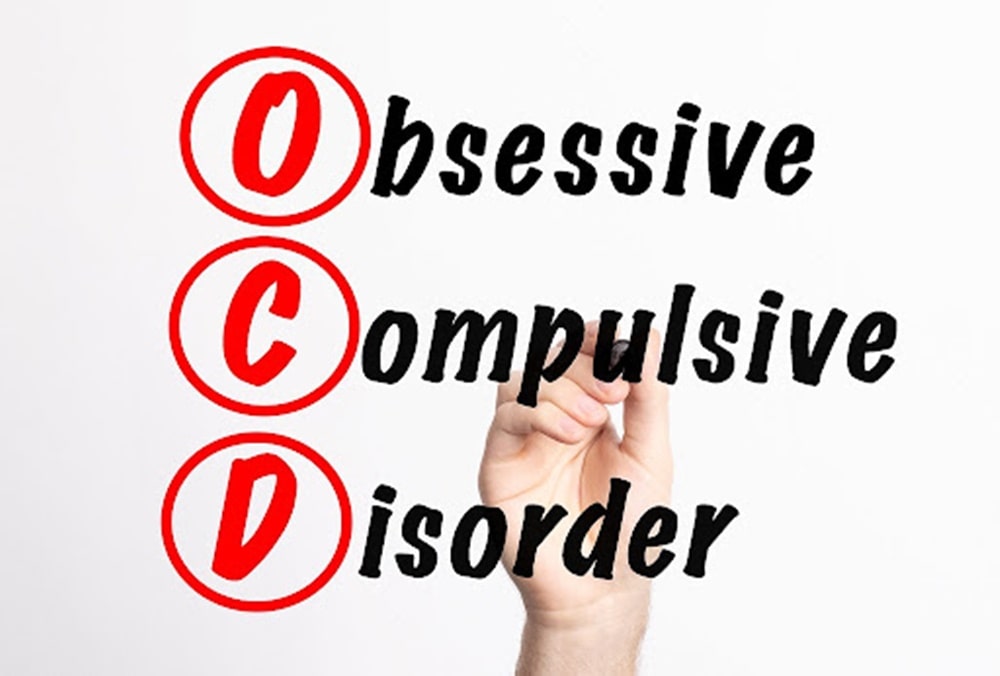Obsessive Compulsive Disorder

Obsessive compulsive disorder features a pattern of unwanted thoughts and fears (obsessions) such as the fear to get contaminated that lead you to do repetitive behaviors (compulsions) like washing hands until they get sore.
These obsessions and compulsions interfere with daily activities and cause significant distress.
Just like many disorders, OCD has its types. About an article written by Good Rx Health
1. Contamination and washing
People with this type of OCD have obsessive thoughts about getting sick and spreading germs. Their compulsions are related to cleanliness, but way beyond the typical ways people practice hygiene and clean.
2. Doubt and double-checking
People with OCD often lack confidence in their memory and judgment. Like for example, one may leave the house, lock the door and as soon as they get into the car, they feel the urge to go check more than once if they have locked the door.
3. Ordering and arranging
People with this type of OCD may get fixated on order and symmetry in their environment. This is not the same as enjoying keeping your house organized. Like for example, one may take a lot of time to keep on aligning a tablecloth and make sure that all sides of the remaining hanging cloth are equal.
4. Unacceptable or taboo thoughts
People with this type of OCD have intrusive thoughts that stray far from their values. Anyone may have these thoughts but people with OCD struggle to let those thoughts pass.
The cause of OCD is unknown but definitely there are risk factors that can lead to it. According to National institute of mental health, risk factors include:
Genetics
People with relatives who have the disorder have the risk of suffering from it.
Brain Structure and Functioning
Studies done of people with OCD have shown that there is a difference in the frontal cortex and subcortical structures of the brain.
Environment
An association between childhood trauma and obsessive-compulsive symptoms has been reported in some studies though more research is being done.
Obsessive compulsive disorder is not that common. In any given 12 month period, about 1.2% of people in the U.S. report OCD symptoms. Men have a rate of about 0.5%, while women have a rate of 1.8%. However, when it comes to contamination and germ OCD, up to 46% of people are diagnosed with it.
Signs and symptoms of extreme OCD include;
Fear of being contaminated by touching objects others have touched
Doubts that you've locked the door or turned off the gas
Intense stress when objects aren't orderly or facing a certain way
Images of driving your car into a crowd of people
Thoughts about shouting obscenities or acting inappropriately in public
Avoidance of situations that can trigger obsessions, such as shaking hands
With complusions they include:
Hand-washing until your skin becomes raw
Checking doors repeatedly to make sure they're locked
Checking the stove repeatedly to make sure it's off
Counting in certain patterns
Silently repeating a prayer, word or phrase
Arranging your canned goods to face the same way
If one has OCD, they can get treated by going for talk therapies that help one face fears without reacting to their 'compulsions'. Some medications can be administered such as antidepressants that help to balance chemicals in the brain.
BY MARGARET MUGO
Tags: Who Signstv Obsessive Compulsive Disorder


